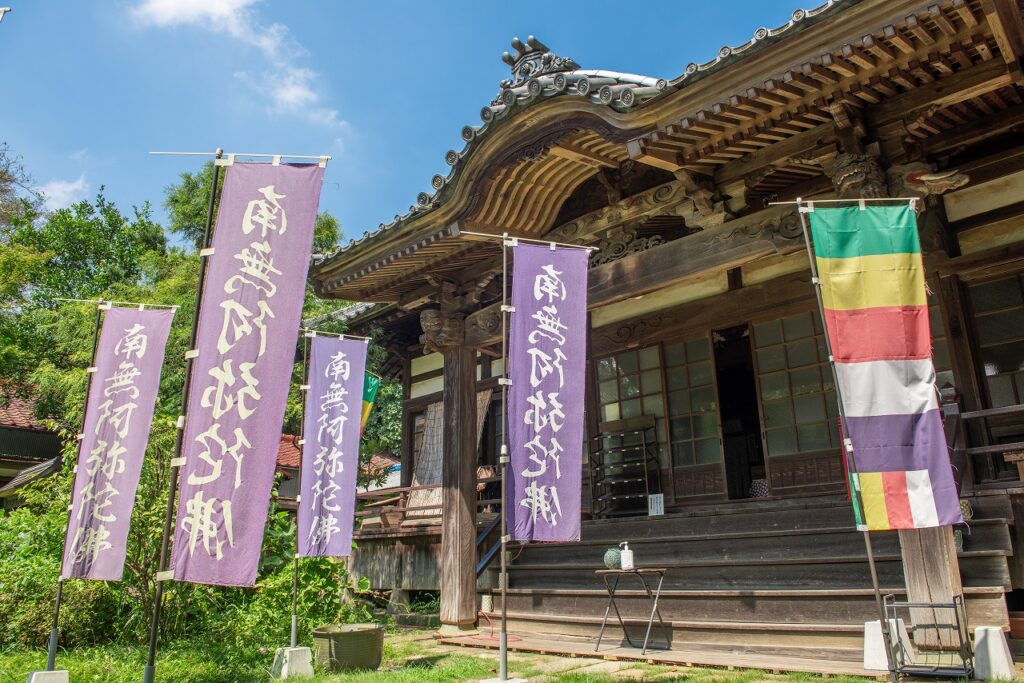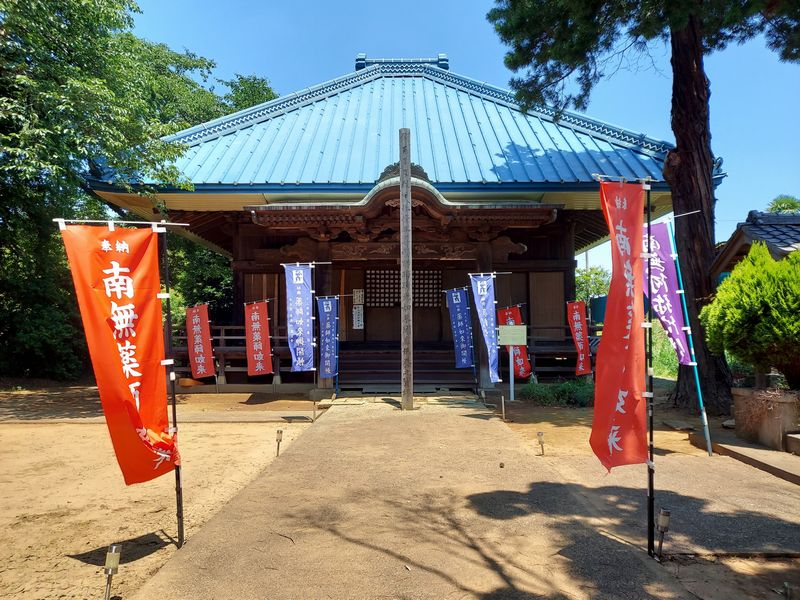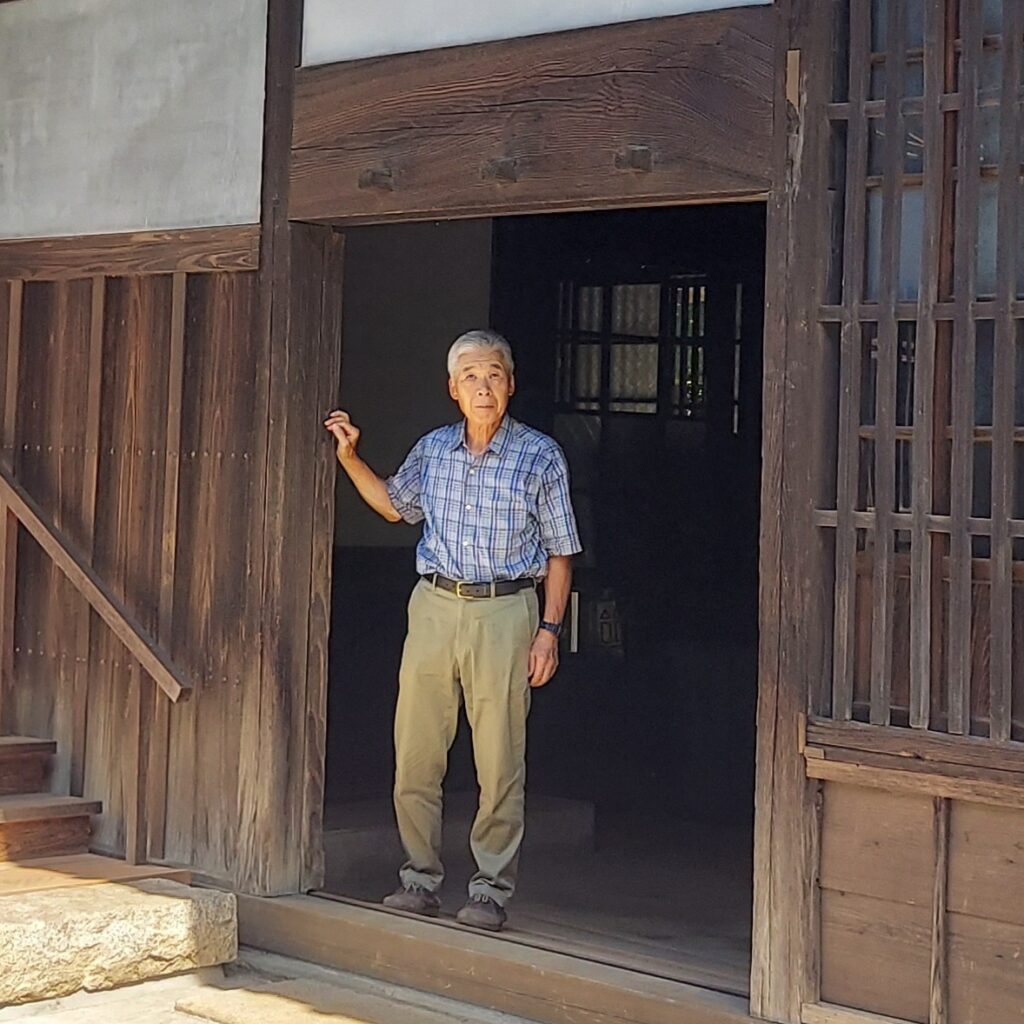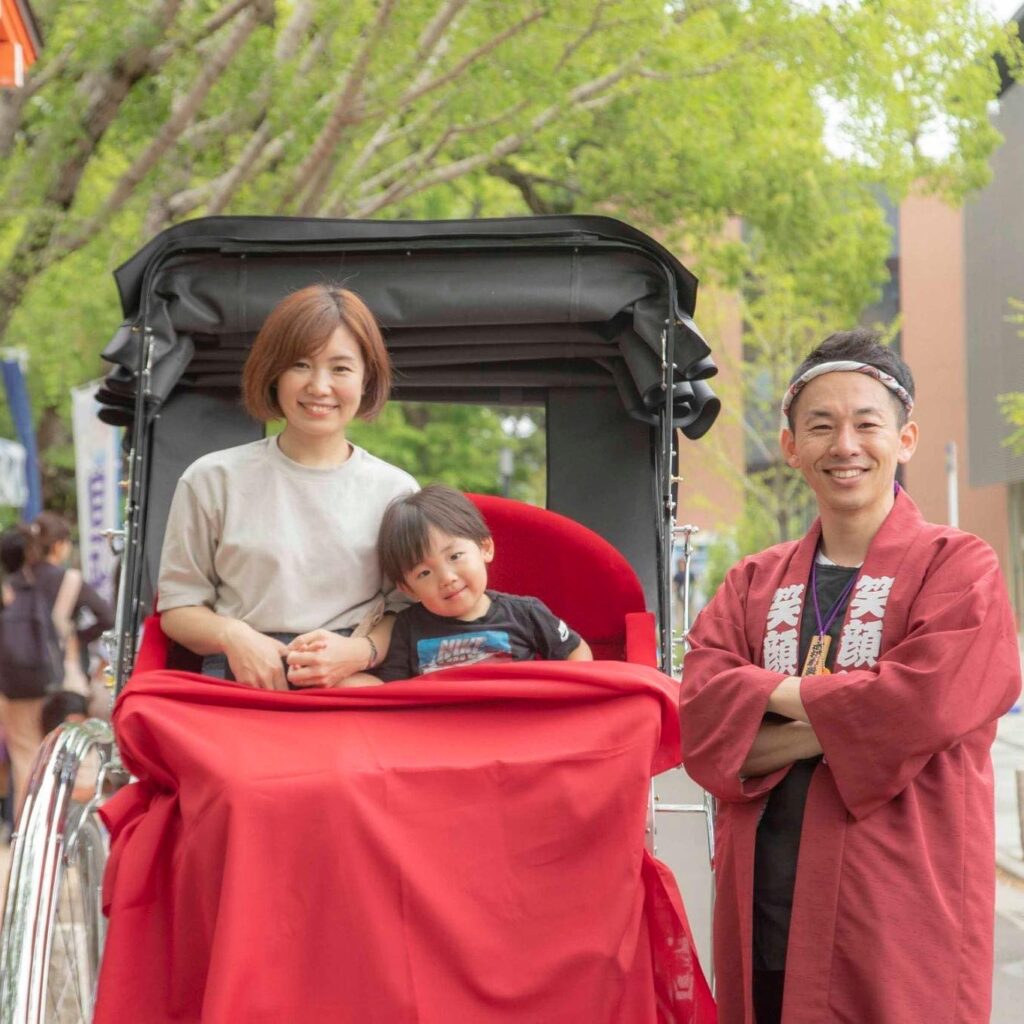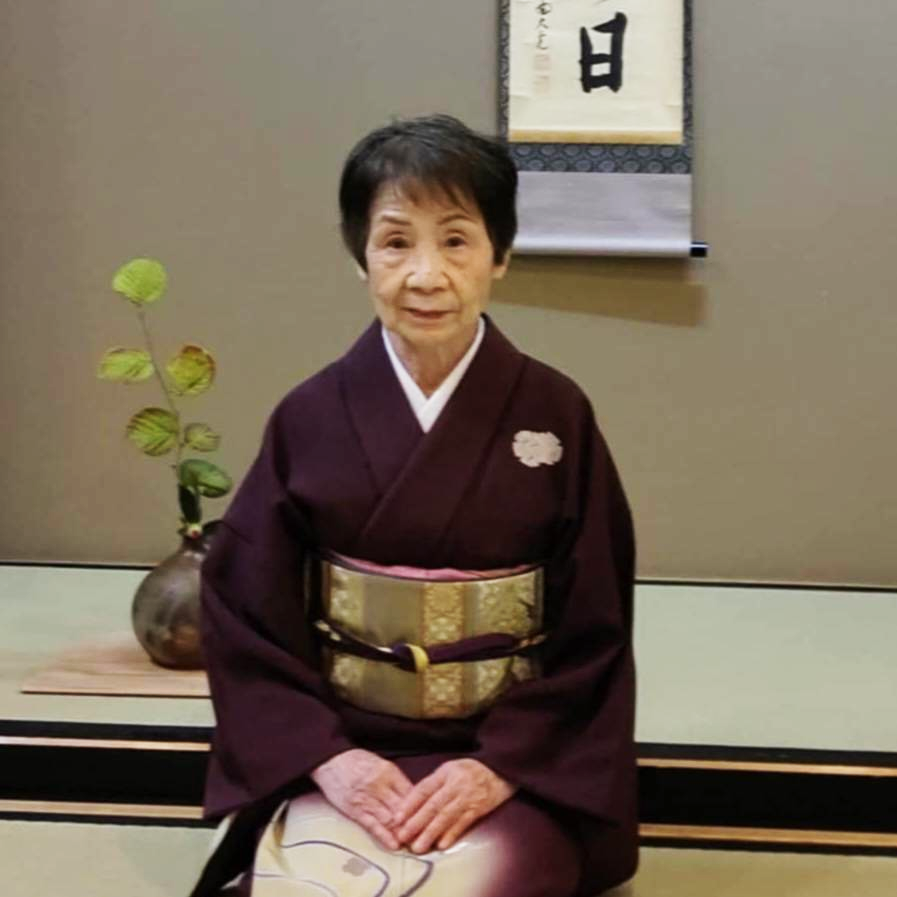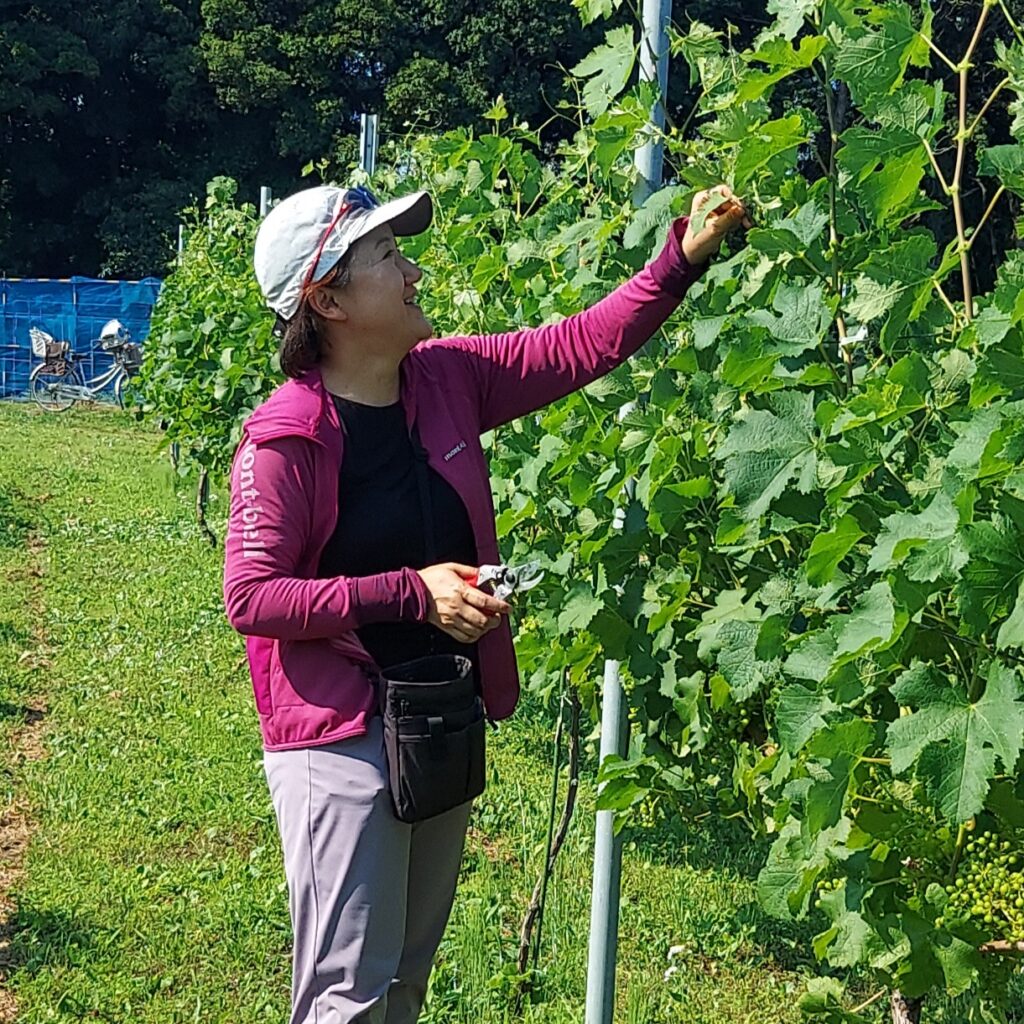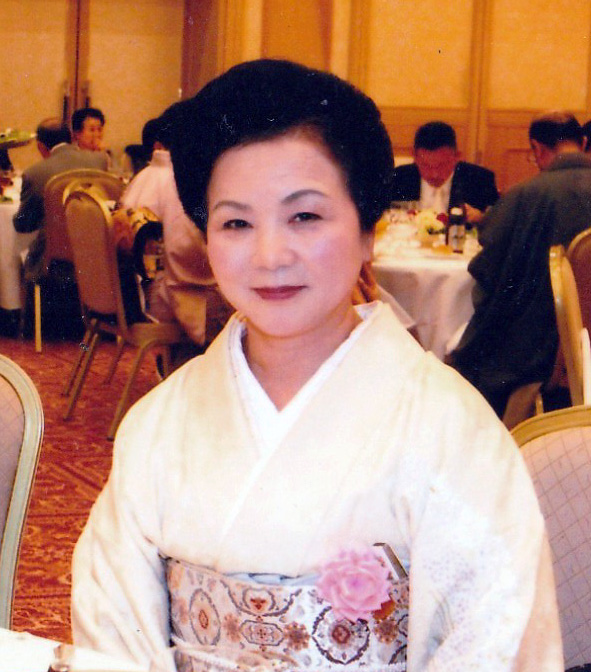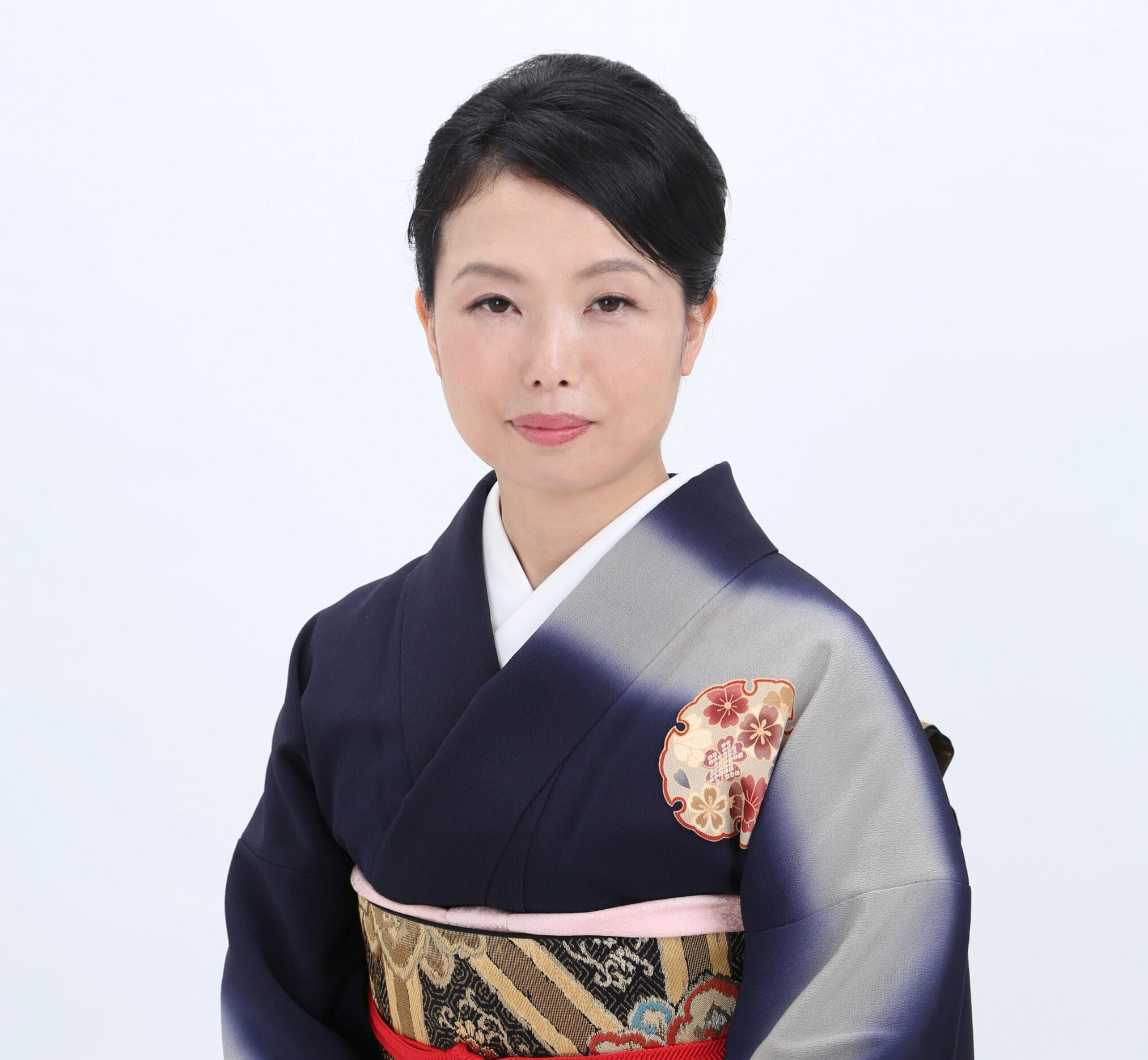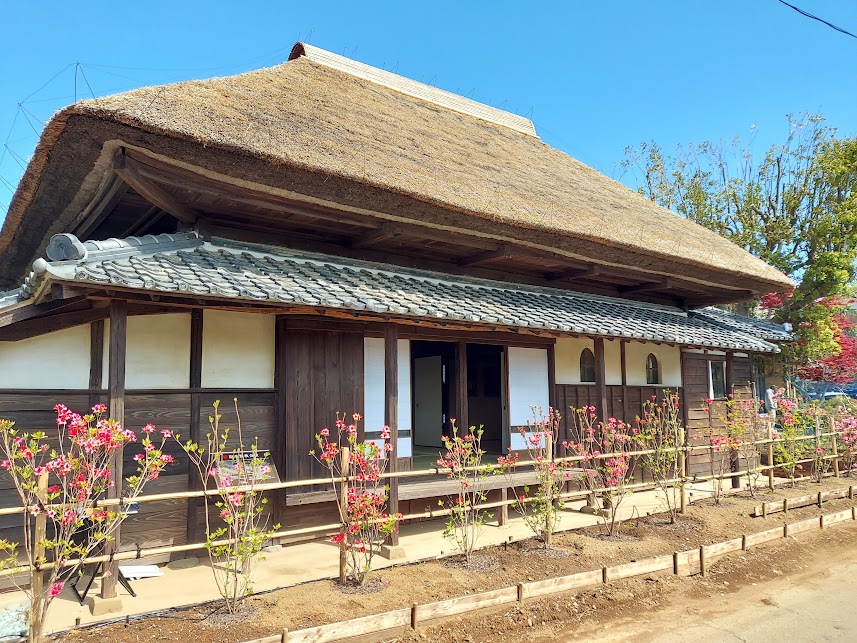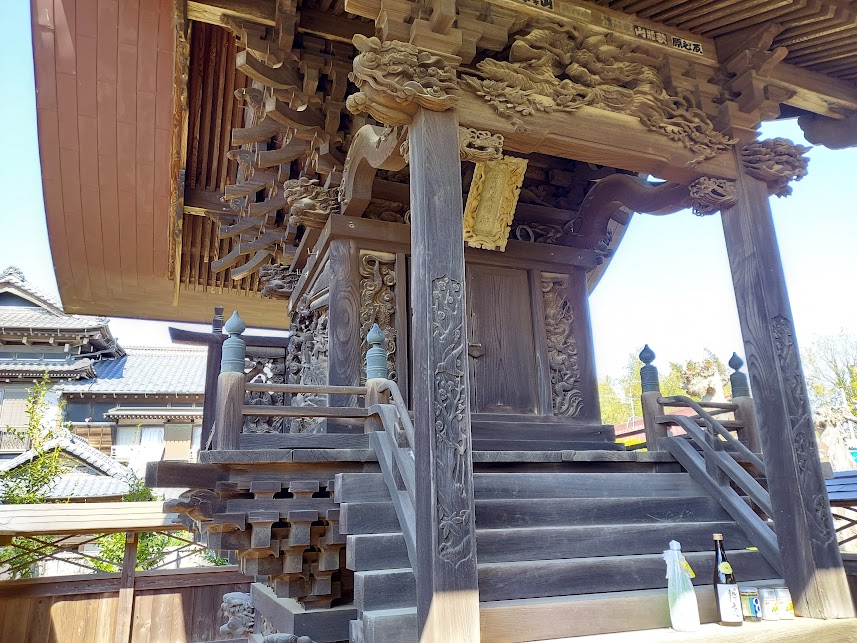A Japanese experience full of the Edo era
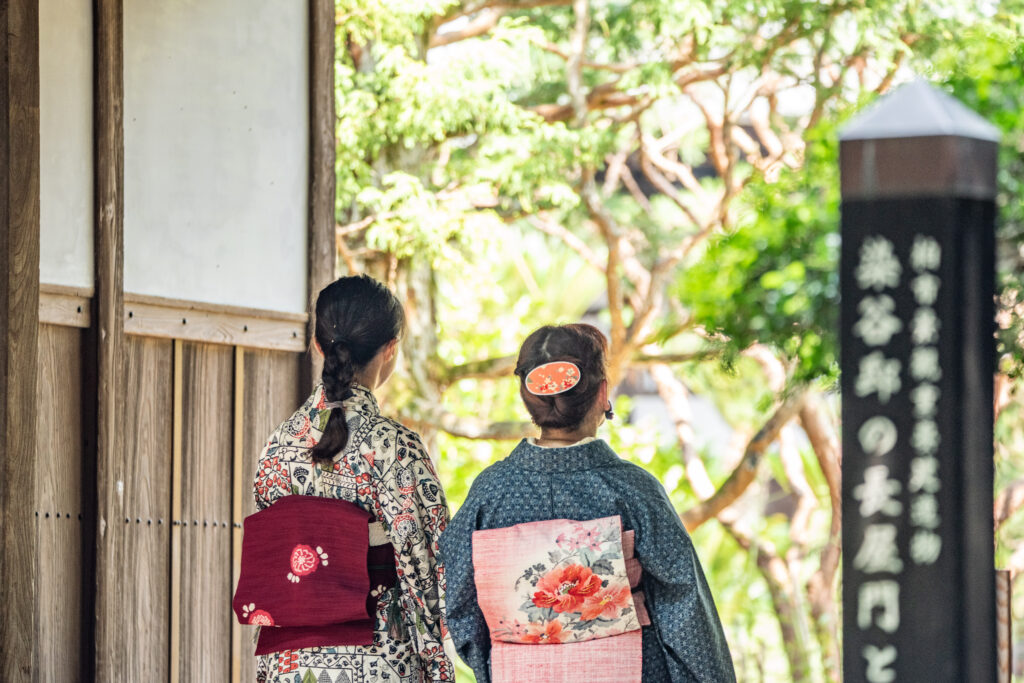
Located in a hilly area overlooking Lake Tega, Washinoya is the site of the Someya Family Residence, which is a registered tangible cultural property, the Jodo sect’s ancient Ioji Temple, and the relaxing café, open from the spring and offering views of Lake Tega. On top of these features, the entire Washinoya area still retains traces of the ancient and the more recent.
How about dressing up in a kimono and going for a walk around Washinoya, to spend some time absorbed in Japanese culture?
The guide will be wearing traditional Japanese clothing!
Cooperation: Hakubi Kyoto Kimono Gakuin Kashiwa School
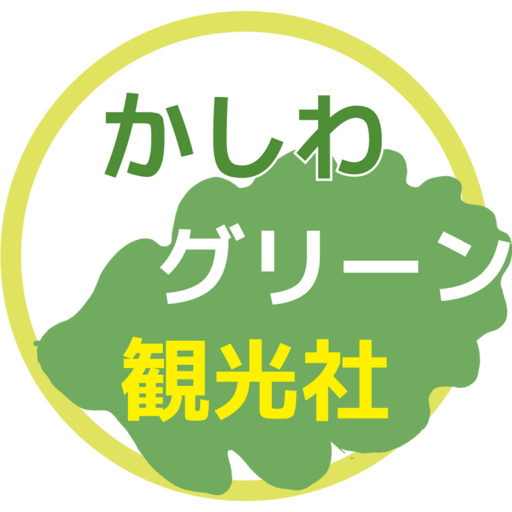
Discounts for large groups available.
Introduction to Sightseeing Spots in Washinoya
Someya Family Residence (registered tangible cultural property)
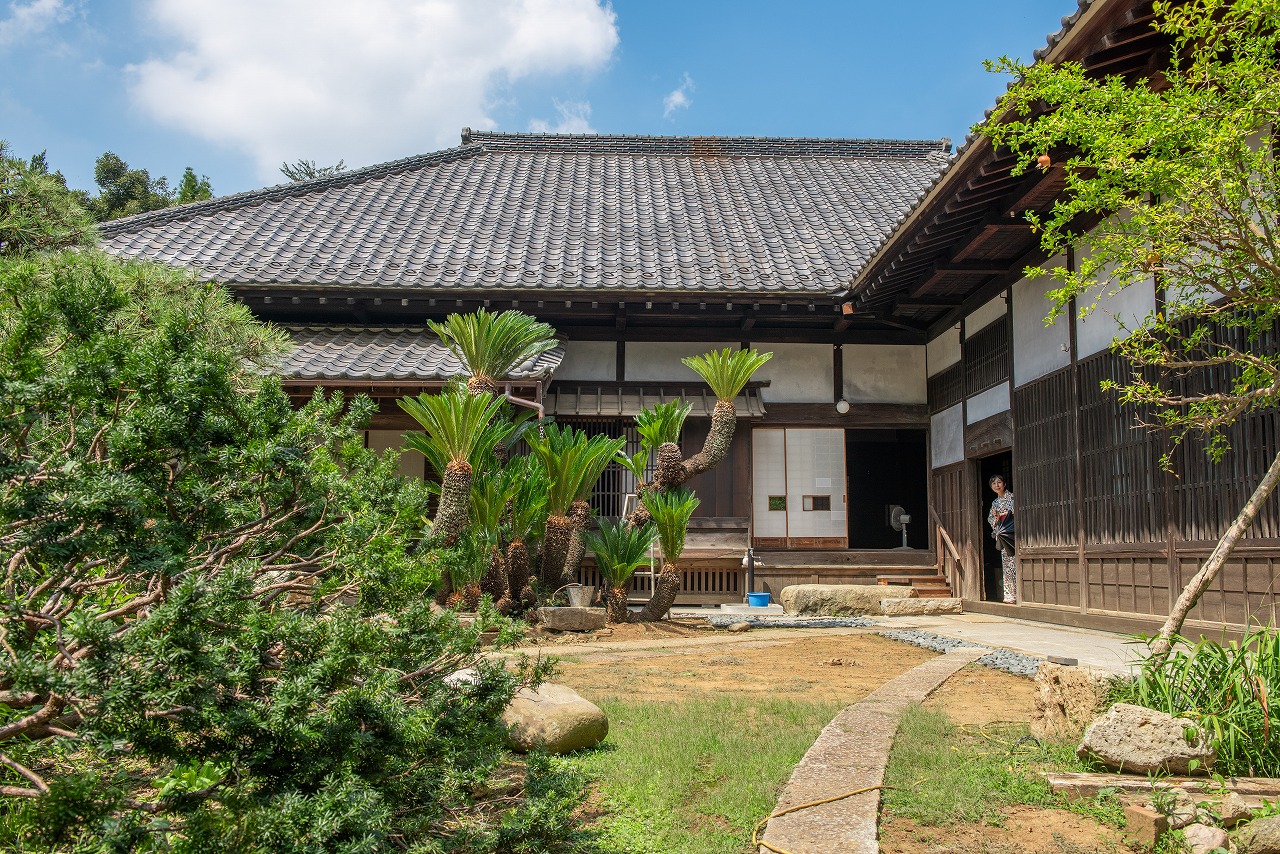
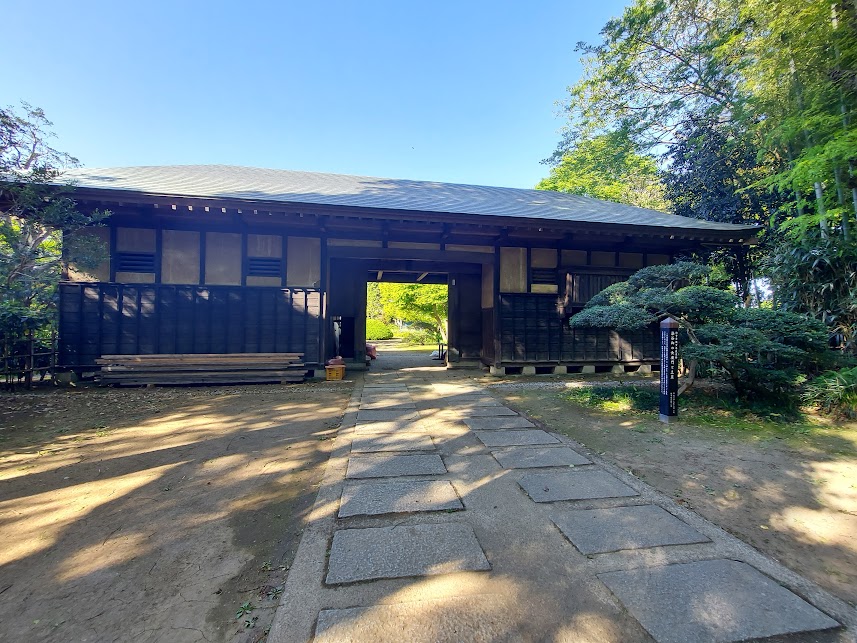
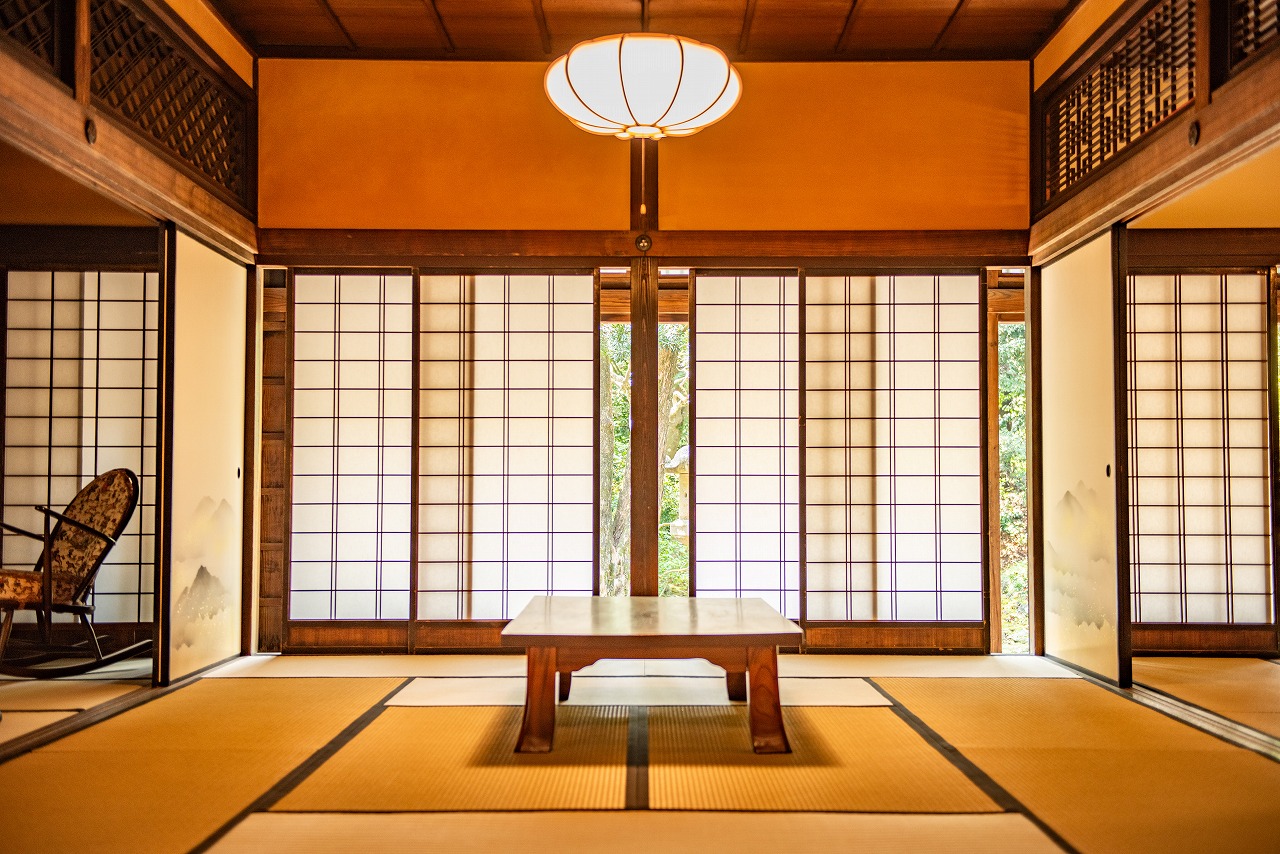
The residence is composed of eight buildings including the main residence and wide gate house, remaining from the late Edo era to the Meiji era (around 1800 to 1900).
During the years of the warring states in Japan (1467-1590) the Higashi Katsushika region that is the northwestern part of Chiba was under the control of the Takagi Clan of Kogane Castle. However, the castle was destroyed during Toyotomi Hideyoshi’s siege of Odawara because the Takagi Clan sided with his sworn enemies the Odawara Hojo clan.
At the time, Someya Jiroemon no Jo, a retainer of the Takagi Clan received a letter from Takagi Tanenori that would seal his family’s subsequent fate....
The content of the letter will be revealed on the tour!
Stove-cooked rice ball-making experience
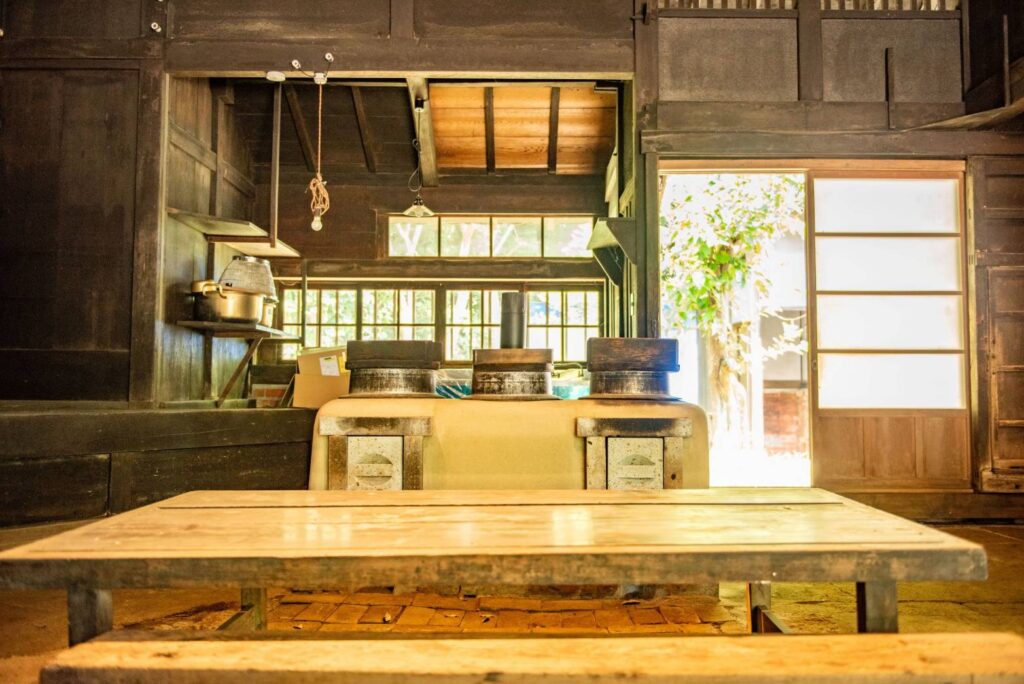
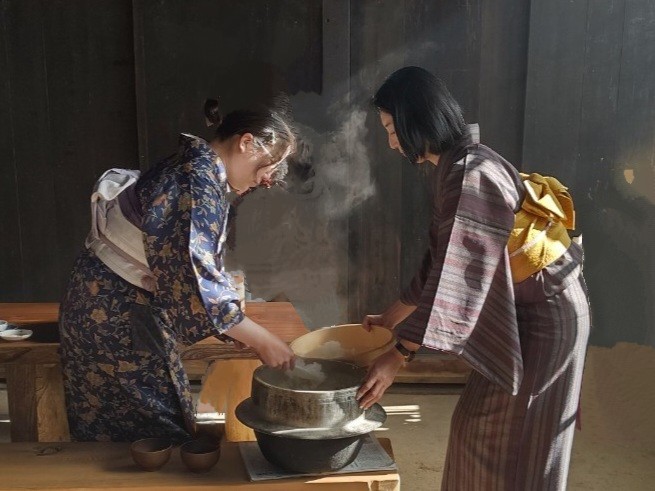
The Someya Family Residence has been under restoration since 2020 and one of the recently restored items is the kamado, a traditional charcoal or wood-fueled stove. People from the local community cook rice on it, and the participants on the experience make and enjoy eating their own rice balls. Miso soup cooked on the stove and pickles are also included.
Ioji Temple
The temple is an old Jodo sect structure dating back to the 15th century.
The Main Hall contains the principal object of worship, a statue of Amidanyorai, while the Yakushi Hall to its east houses a seated statue of Yakushinyorai, the Buddha of healing and its object of worship. It is said that both of these statues are the work of the Tendai sect scholar-monk Genshin (also known as Eshin Sozu) who lived from 942 to 1017.
The seated statue of Yakushinyorai is unveiled as a designated cultural property of Kashiwa City once every 12 years, in the Year of the Tiger.
Behind the Yakushi Hall is a hall protecting the grave of the holy monk Kyoyo Gutei, who was the founder of the temple and which is decorated on the upper parts with a gimlet. The mysterious practices of the temple are revealed on the tour.
Katori Shrine
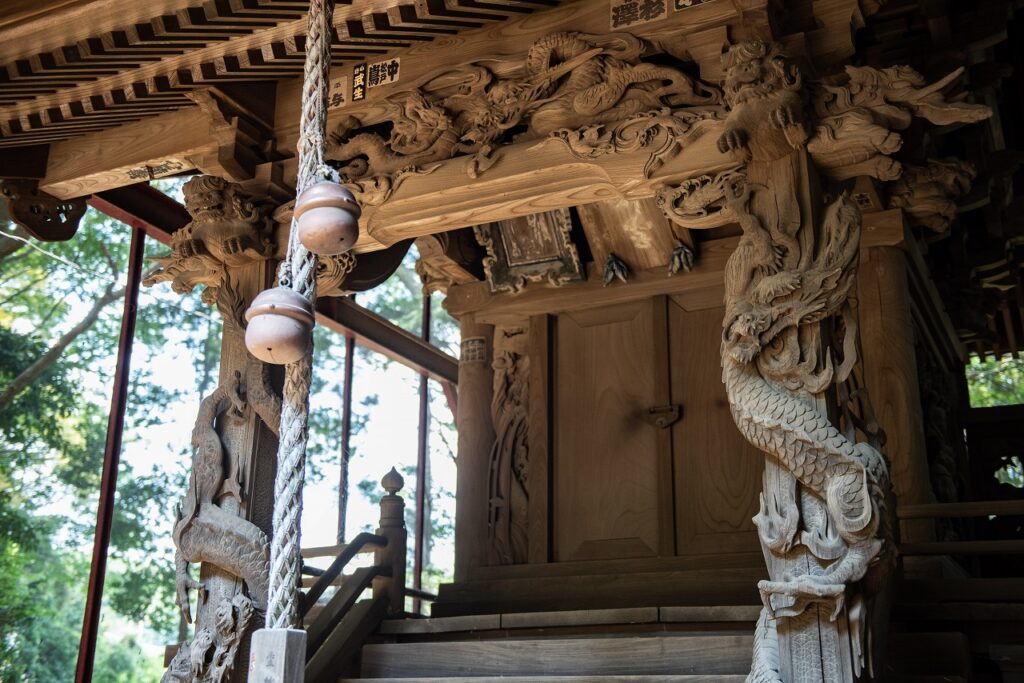
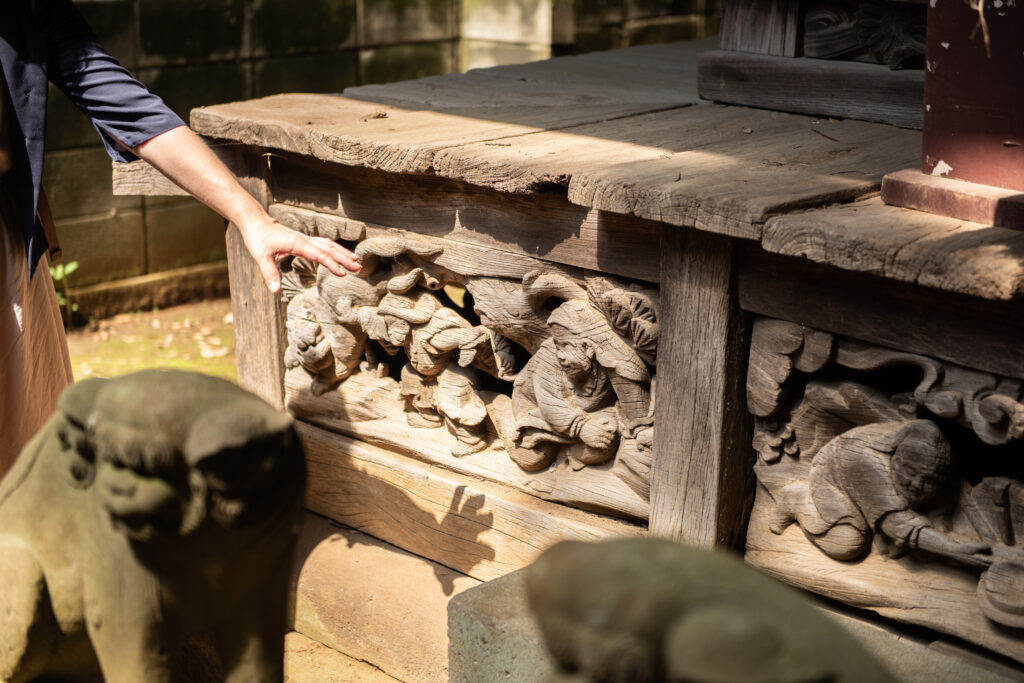
The deity enshrined is Futsunushi no Kami, effective in winning, traffic safety and avoiding disasters.
The shrine was originally located on the border of the villages of Washinoya and Iwai, but was relocated to its present position in 1738.
The superb wood carving in the shrine is one of its highlights.
In particular, the rising dragon and descending dragon on the front exterior are not to be missed.
In addition, in the lower part of the front there are depictions of three stories from the ancient Chinese moralist textbook The Twenty-Four Paragons of Filial Piety.
These amazing stories will be introduced during the tour.
WEINGUT EGUCCI VON TEGA
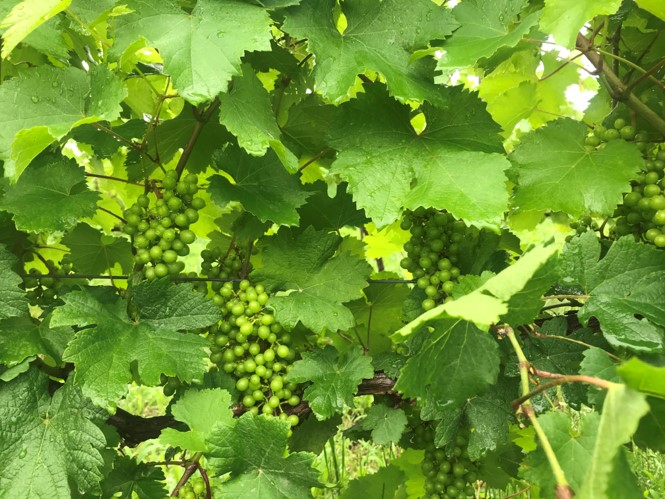
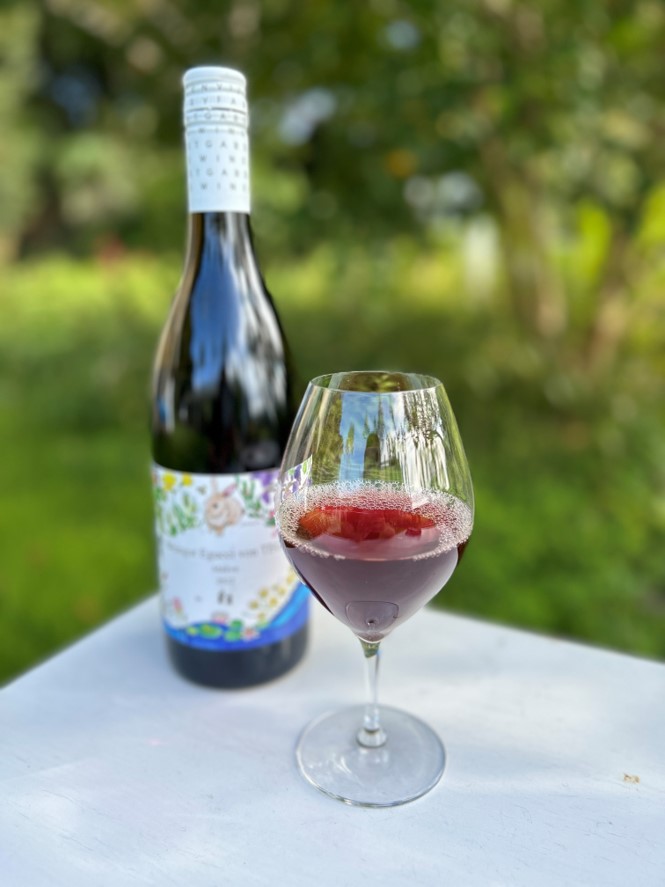
The owner of the land in conjunction with like-minded volunteer staff started to cultivate grapes for winemaking in 2019 as the Lake Tega Mirai Project, and now produce original wines that will “nurture the future of the community.”
On the tour, in addition to being able to stop by and have a look around the vineyards, you will be able to sample the wine produced from the grapes that the project members reared with tender care while enjoying a chat with the owner.
Package Plans
【Basic Package】
A casual stroll around Washinoya
| ① | Kimono rental and fitting nearby to Kashiwa Station (those not taking the kimono fitting option start at ② below) |
| ② | Take a hired vehicle from in front of Kashiwa Station along the banks of Lake Tega and on to Washinoya |
| ③ | Washinoya stroll (look around the Someya Family Residence, Ioji Temple and Katori Shrine) |
| ④ | Shopping for local produce at the Shonan service area |
| ⑤ | Return to Kashiwa Station and change clothes |
Note: The trip takes three hours for those not wearing a kimono; The trip takes four hours for those wearing a kimono.
【Premium Package】
With Japanese experience options!
| ① | Kimono rental and fitting nearby to Kashiwa Station (those not taking the kimono fitting option start at ② below) |
| ② | Take a hired vehicle from in front of Kashiwa Station along the banks of Lake Tega and on to Washinoya |
| ③ | Washinoya stroll (look around the Someya Family Residence, Ioji Temple and Katori Shrine) and the options below Select just the options you wish in line with the travel price table on the travel prices/reservations page. (i) Rickshaw ride experience in front of Someya Family Residence (two people per 20 minute ride) (ii) Japanese tea ceremony experience at Someya Family Residence (around 20 minutes) (iii) Koto playing experience at Someya Family Residence (around 20 minutes) (iv) Wine tasting experience at Someya Family Residence (around 20 minutes) (v) Buddhist self-salvation prayer and wooden gong experience at Ioji Temple (around 20 minutes) (vi) Stove-cooked rice ball-making experience at the Someya Family Residence (around 60 minutes) |
| ④ | Shopping for local produce at the Shonan service area |
| ⑤ | Return to Kashiwa Station and change clothes |
【Special Package A】
Stretch your legs to see the former thatched Tega Church, a designated cultural asset of Chiba Prefecture
| ① | Kimono rental and fitting nearby to Kashiwa Station (those not taking the kimono fitting option start at ② below) |
| ② | Take a hired vehicle from in front of Kashiwa Station along the banks of Lake Tega and on to the Tega district |
| ③ | Look around the former Tega Church (closed on Mondays) |
| The rest of the tour continues from ③ of the basic package and premium package. |
Note: One hour will be added to the basic package and the premium package.
【Special Package B】
Stop by at the Masakado Shrine where 10th century samurai Taira no Masakado is the enshrined deity
| ① | Kimono rental and fitting nearby to Kashiwa Station (those not taking the kimono fitting option start at ② below) |
| ② | Take a hired vehicle from in front of Kashiwa Station along the banks of Lake Tega and on to the Iwai district adjacent to Washinoya |
| ③ | Look around the Masakado Shrine within Ryukoin Temple |
| The rest of the tour continues from ③ of the basic package and premium package. |
Note: Thirty minutes will be added to the basic package and the premium package.
The people involved in each tour told us about the attraction of the various stopping points
EISAI YAGI
Head priest, Tokozan Ioji Temple
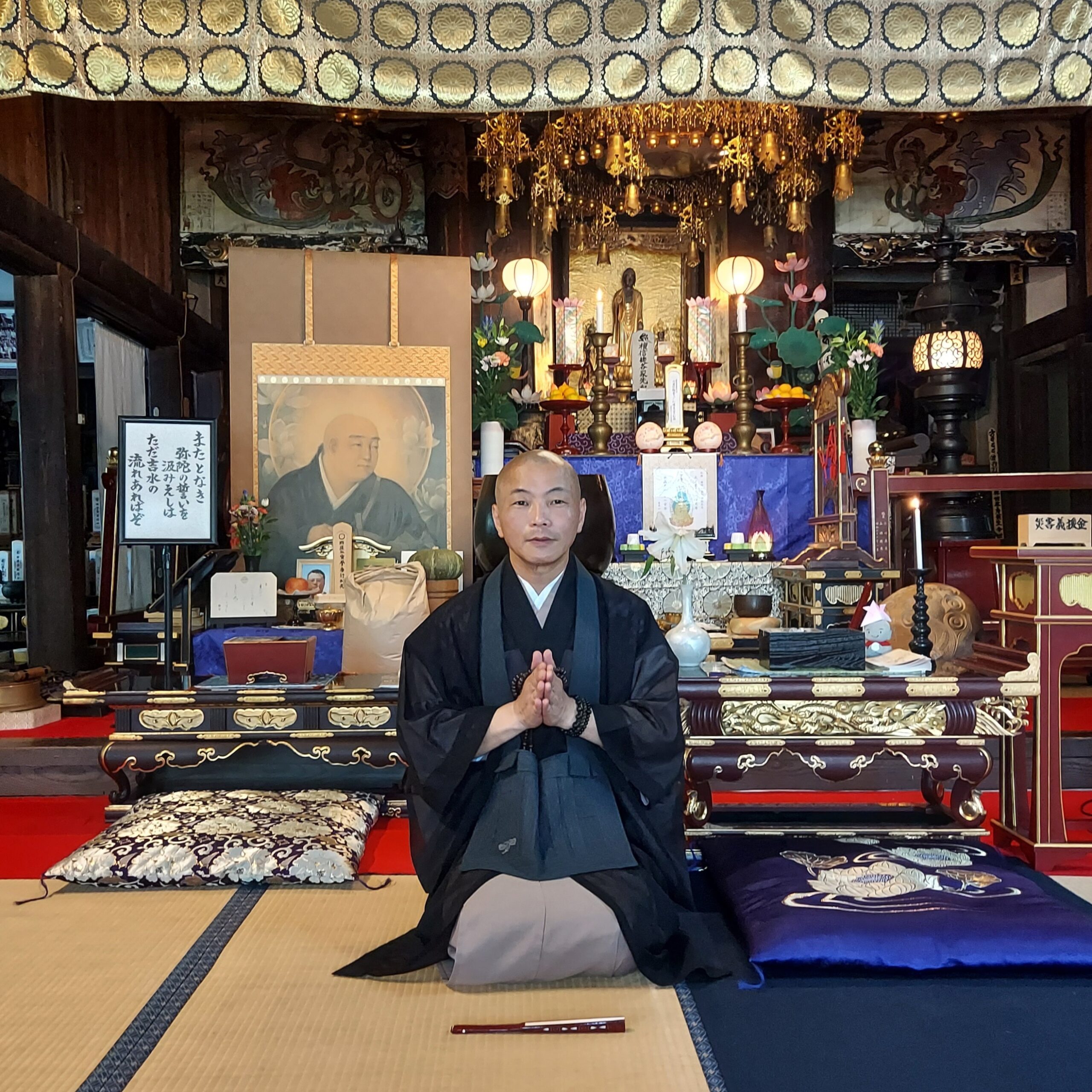
The temple’s history dates back over 560 years since its founding.
How about trying to beat the wooden gong and say a self-salvation prayer in front of the statue of Amidanyorai said to be the work of Eshin Sozu?
If there’s time I’ll also tell you about Buddhism.
SOYU OKADA
Omotesenke school of tea teacher
SAYAKA EGUCHI
Director, WEINGUT EGUCCI VON TEGA
ATSUKO KAIHO
Principal, Hakubi Kyoto Kimono Gakuin Kashiwa School
MASASHIKA ISHII
Ikuta School koto teacher
The koto is a traditional Japanese harp instrument that developed in the country after its introduction from China around 1,300 years ago.
The sound of the koto played in a traditional Japanese house is a very special experience.
Pass an elegant time enjoying learning to play simple pieces that anyone can master such as Sakura, Sakura and Twinkle, Twinkle Little Star.
Please note that when Masashiki Ishii is unavailable another instructor will conduct the experience.
.
How about stretching your legs a little further and visiting some unique spots?
The Former Tega Church (a designated cultural asset of Chiba Prefecture)
In the Tega district is a thatched-roof church, which was changed from a residential dwelling to a church in the year 1881, and is the only such building remaining in the whole of Japan.
It is also the oldest surviving church in the Tokyo metropolitan area.
Displayed within the church are three replicas of icons by Japan’s first icon artist Rin Yamashita (designated cultural assets of Chiba Prefecture).
The church is difficult to access by public transport so please take this opportunity to experience the dignified sacred space.
Closed: Mondays (if a public holiday falls upon a Monday the church is opened and closed again on the next day) and from December 28th to January 4th
Masakado Shrine
In the Iwai district adjacent to Washinoya is an unusual shrine in which the enshrined deity is Taira no Masakado, and it is not unusual to sometimes see people who appear to be Masakado enthusiasts paying their respects to this historical figure.
The highlights of the shrine include the marvelous wood sculpture of unloosened horses running, depicted on the rear of the shrine building.
Why the loosened horses are depicted, and why the people of Iwai do not go to worship at the major local shrine, Narita-san Shrine, will all be explained on the tour.

